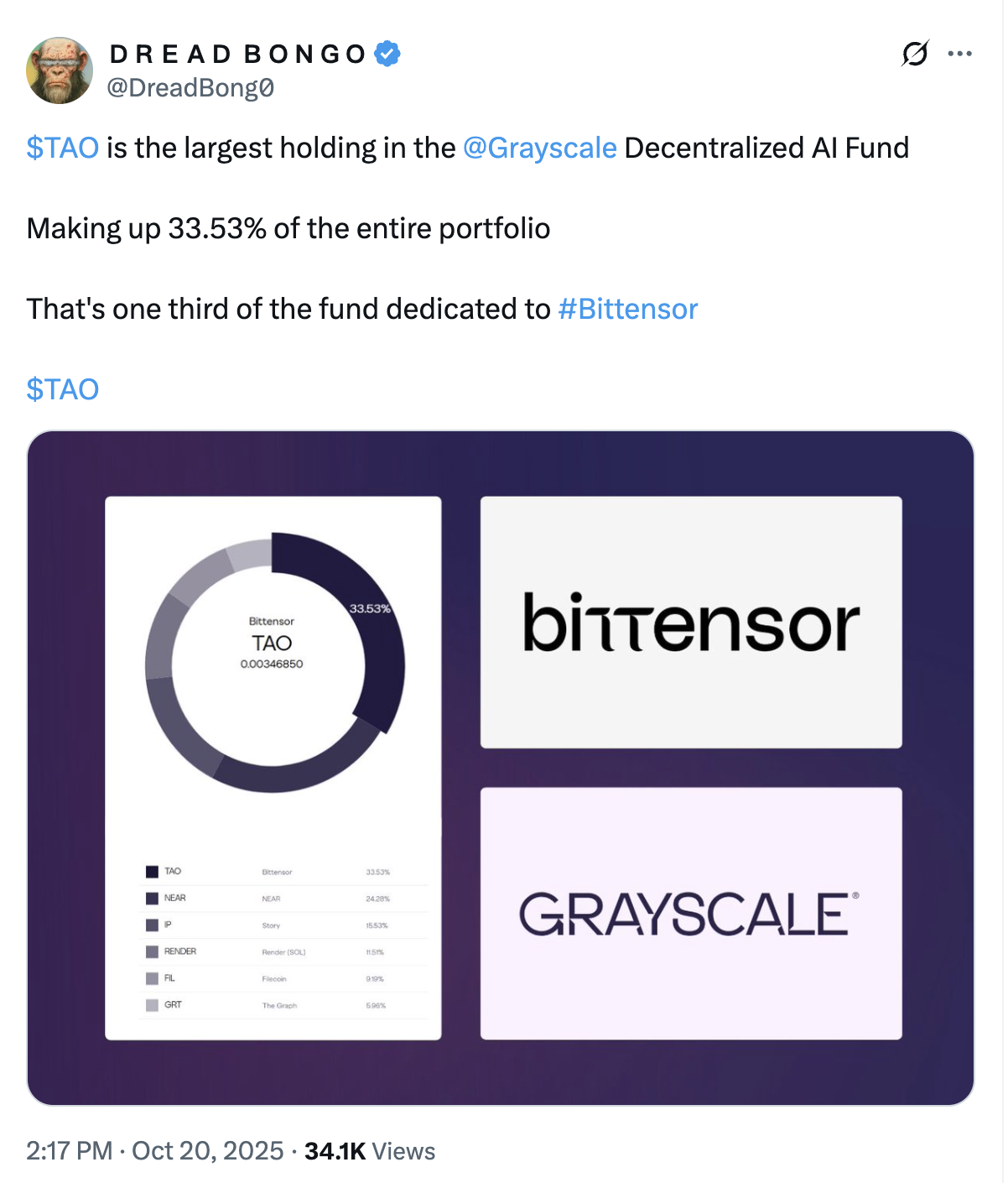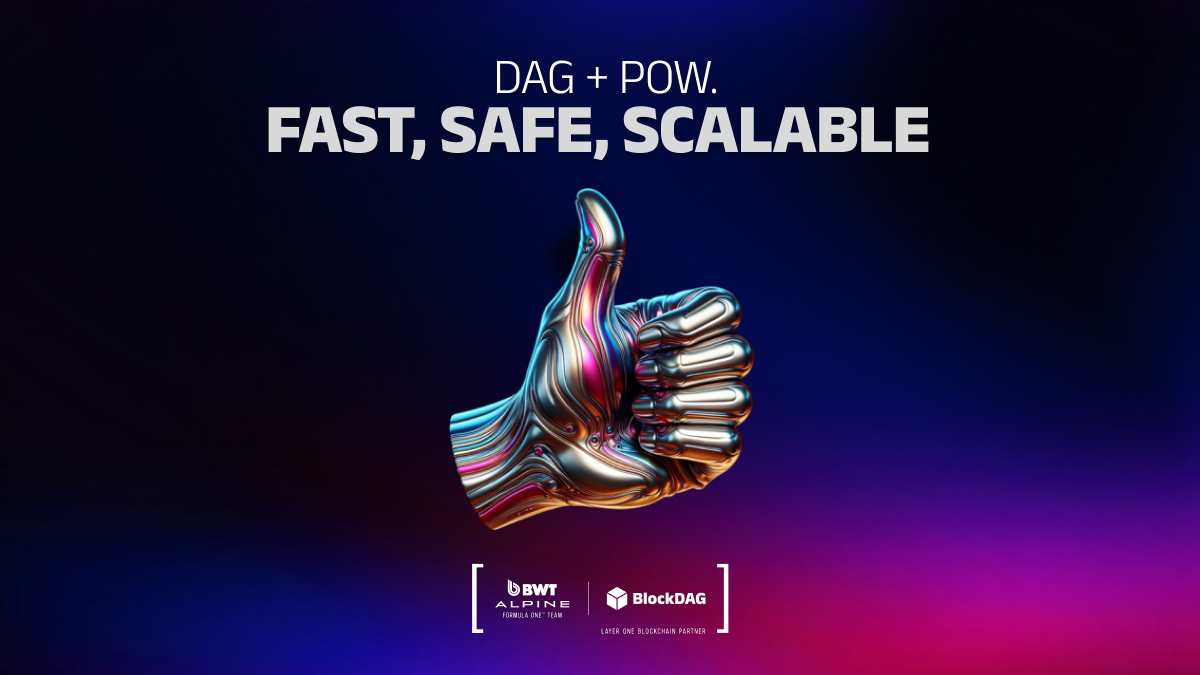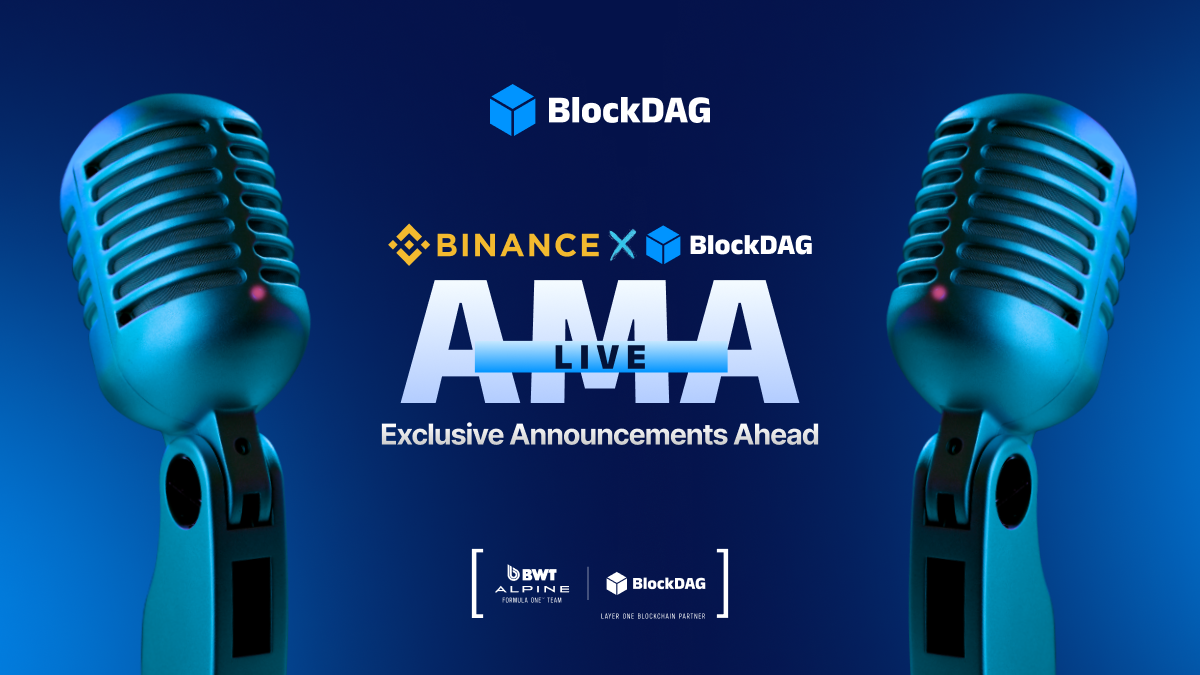The global crypto market hovers near $3.7 trillion, steadying after a sharp downturn earlier in the month triggered by the United States imposing 100% tariffs on Chinese tech exports. Bitcoin trades around $108,000, and Ethereum near $3,900, as investors shift toward infrastructure-focused projects and fundamentals regain priority.
Amid volatility, a new narrative is emerging, one led by innovation in artificial intelligence, privacy, and scalability. Three names now define this cycle’s resilience: Bittensor (TAO), Zcash (ZEC), and BlockDAG (BDAG). Each addresses a structural need shaping the future of blockchain — intelligence, confidentiality, and throughput, and together, they represent what could be the top crypto buys for 2025.
Zcash (ZEC): Privacy Returns to the Spotlight
While AI dominates headlines, Zcash (ZEC) is reviving one of crypto’s oldest and most critical values — privacy. ZEC recently surged past $270, posting daily gains of over 8% and pushing its market cap to around $4.1 billion. This rally is fueled by increasing regulatory scrutiny, which has renewed interest in privacy-first blockchains and on-chain anonymity tools.
Zcash’s shielded pool supply has now surpassed 4.5 million tokens, tightening liquid supply and enhancing scarcity. Meanwhile, institutional exposure is quietly growing, led by the Grayscale ZEC Fund, which holds more than $85 million in assets despite a 2.5% expense ratio. On-chain data shows rising transaction volume and mining difficulty, both indicators of growing network participation.
Technically, ZEC faces resistance near $297, with potential support around $185, yet the broader outlook remains positive.
Bittensor (TAO): The AI Network Defying Market Gravity
Bittensor (TAO) has emerged as one of the most stable performers in October, trading near $435 and up more than 35% since the start of the month. Its strength lies in a unique model that merges AI computation and blockchain consensus, turning data training into a decentralized market. Over 70% of TAO’s circulating supply is staked, showing strong validator confidence and long-term holding conviction.
Institutional interest has accelerated through Grayscale’s Decentralized AI Fund and TAO Synergies, which recently disclosed ownership of 54,000 TAO tokens, now the largest public position. These factors, combined with anticipation for Bittensor’s first halving in December 2025, have drawn sustained investor attention. The halving will cut daily emissions from 7,200 to 3,600 TAO, tightening supply and potentially setting the stage for upward price pressure.

Analysts expect continued momentum, projecting a breakout toward $560–$570 if resistance is cleared. As AI remains one of the most lucrative themes in Web3, TAO’s dual role as a decentralized compute marketplace and staking ecosystem positions it among the best crypto assets to buy in 2025 for exposure to decentralized AI infrastructure.
BlockDAG (BDAG): Building the Backbone of Web3 Scalability
While Bittensor and Zcash represent the intelligence and privacy pillars of Web3, BlockDAG (BDAG) provides the structural foundation — scalability. Having raised over $430 million, sold 27 billion coins, and drawn a community exceeding 3 million users, BlockDAG has rapidly evolved from a presale success to a full-fledged ecosystem. Its Awakening Testnet achieved a technical milestone by increasing throughput from 800 to 1,400 transactions per second, powered by its hybrid Directed Acyclic Graph (DAG) + Proof-of-Work consensus.
This hybrid model allows multiple blocks to be processed simultaneously, enabling faster confirmation times and eliminating the congestion issues that plague legacy chains. With EVM compatibility, developers can easily port Ethereum-based applications onto BlockDAG, accelerating dApp migration and lowering deployment costs. Over 4,500 developers and 300+ decentralized applications are already active within the network ahead of Genesis Day — its anticipated ecosystem rollout.
The upcoming Binance AMA on October 24 is expected to spotlight key partnerships and roadmap milestones. At its current $0.0015 presale price, compared to a $0.05 listing target, BlockDAG still represents one of the few large-scale infrastructure plays offering long-term upside with proven network readiness. For investors seeking exposure to high-speed transaction layers — without the speculative volatility of meme coins — BDAG stands out as one of the top crypto buys of 2025 on technical merit alone.
The Common Thread: Fundamentals Over Frenzy
What unites Bittensor, Zcash, and BlockDAG is a shared commitment to utility at a time when sentiment drives volatility. TAO’s staking-heavy model rewards long-term participants in decentralized AI; ZEC provides confidentiality infrastructure for an era of financial surveillance; and BDAG delivers the throughput necessary for mass adoption.
In contrast to short-lived trading trends, these networks represent the structural building blocks of the next phase of blockchain — computation, privacy, and scalability. As the global crypto market recalibrates under macroeconomic pressure, projects with tangible function and institutional traction are gaining investor trust.
For those evaluating the best crypto to buy in 2025, this trio captures where blockchain is headed: smarter, safer, and faster. The narratives may differ, but the direction is clear — the next wave of growth belongs to projects with real performance, not promises.
Presale: https://purchase.blockdag.network
Website: https://blockdag.network
Telegram: https://t.me/blockDAGnetworkOfficial
Discord: https://discord.gg/Q7BxghMVyu
Disclaimer: This media platform provides the content of this article on an "as-is" basis, without any warranties or representations of any kind, express or implied. We assume no responsibility for any inaccuracies, errors, or omissions. We do not assume any responsibility or liability for the accuracy, content, images, videos, licenses, completeness, legality, or reliability of the information presented herein. Any concerns, complaints, or copyright issues related to this article should be directed to the content provider mentioned above.








